ADA-25 USB - HQ MID audio
Compact USB sound card with HQ sound, control buttons and optical output.
| Input | USB 2.0, stereo microphone input |
| Output | stereo headphone output, optical digital output |
| PC connection | USB type A-M, integrated connector |
| Extra | HQ Sound |
Where to buy
The compact AXAGON ADA-25 USB HQ audio adapter adds an advanced external USB sound card with analog and digital output to your computer.
A high-quality 24-bit sound with up to 96 kHz sampling, both in playback and stereo recording e.g. from a mobile phone, MP3 player or when digitizing recordings from the old magnetic tapes.
Comfortable button control for direct volume control and microphone or headphone muting.
The above standard equipment in the form of an optical digital S/PDIF output will be appreciated by fans of high-quality listening to music as well as players and movie viewers after extension by a multi-channel audio support for Windows.
Easy use thanks to an automatic installation, which can be handled even by a layman.
A compact and lightweight design of the USB DAC converter is suitable for both desktops and laptops and allows connection of not only stereo headphones and a stereo microphone or headset, for example for the Skype service, but due to the optical output also of high-quality stereo equipment or home cinema. In the case of need, it also serves well as a replacement for the broken original sound card in your laptop.
Outputs:
• 2-channel analog 16/24-bit output (3.5 mm stereo jack):
stereo output for headphones or active speakers.
• optical digital S/PDIF output (3.5 mm Toslink):
for connecting adapter to the amplifier, support for Dolby® Digital 5.1 surround sound (AC3) and DTS® pass-through
• analog line-out and digital outputs share a common 3.5 mm combo connector
Sampling rate, resolution and output converter (DAC) noise:
• analog - 44.1 / 48 / 96 kHz @ 16 / 24 bit for playback,
• Signal-to-Noise ratio (Output SNR) ≥ 95 dB,
• harmonic distortion (Output THD + N) ≤ -85dB.
Inputs:
2-channel analog 16/24-bit output (3.5 mm stereo jack):
stereo microphone input and input for analog signal recording.
Sampling rate, resolution and input converter (ADC) noise:
• analog - 44.1 / 48 / 96 kHz @ 16 / 24 bit for recording,
• Signal-to-Noise ratio (input SNR) ≥ 90 dB,
• harmonic distortion (input THD + N) ≤ -80dB.
Button and indicators:
• MUTE button to turn off the microphone,
• LED indication of the microphone off,
• the second MUTE button to turn off the headphone output,
• two buttons for controlling the volume of the headphone output,
• LED indication of the active status - connection to the power supply.
Other features:
• USB 2.0 full speed 12 Mbit/s and USB 1.1 compatible interface.
• Built-in direct USB Type A male connector.
• Easy to install thanks to full Plug and Play support.
• Possibility to connect your device while running thanks to the Hot Plug support.
• Compliant with the USB Audio Device Class specification v1.0.
• Compliant with the USB HID Class specification v1.1.
• Adapter power supply via USB (bus power) - no auxiliary power supply required.
• Dimensions 57 x 25 x 14 mm, weight 14 g.
• VIA VT1630A chipset is used.
• ASIO and WASAPI compatible.
Setting up a sound card in Windows allows:
• adjusting volume and balance of speakers,
• setting for microphone in-ear monitoring,
• enhanced speaker features: Bass Boost, Virtual Surround Sound, Room Correction, Loudness Equalization,
• setting the sampling rate and bit depth for both reproduction and recording,
• setting the automatic level of gain for the microphone (Automatic Gain Control),
• setting the manual level of gain for the microphone.
Supported OSs: MS Windows XP / Vista / 7 / 8 / 8.1 / 10 and later, Windows Server 2003 / 2008 / 2012 / 2016 and later (supported are all 32- and 64-bit Windows OS versions), Mac OS X 10.4.x and higher, Linux with kernel 2.6.x and above.
Note: Drivers are included with supported operating systems and are installed completely automatically. No other drivers need to be installed and are not even available.
Caution: To use a multi-channel sound in Windows (in other operating systems the multi-channel sound is not supported) via the optical S/PDIF output, you need to install drivers that are available for download at www.axago.cz.
Package contains:
• USB audio adapter,
• printed installation guide ENG / CZ / SK / PL,
• packed in a cardboard box.
| Input | |
| interface | USB 2.0 / USB 1.1 |
| rate | 12 / 1.5 Mbit/s (full / low speed) |
| connector | USB Type A male in-built |
| cable | no |
| Audio outputs | |
| analog output | 2-channel stereo output for headphones or active speakers |
| digital output | optical output S/PDIF for connecting adapter to the amplifier |
| sampling rate | 44.1 / 48 / 96 kHz analog |
| resolution | 16 / 24 bit for playback |
| signal-to-noise ratio | ≥ 95dB (Output SNR) for DAC |
| harmonic distortion | ≤ -85dB (Output THD+N) |
| connector | 3.5 mm combo jack, common for analog and digital (3.5 mm Toslink) output |
| Audio inputs | |
| analog input | 2-channel stereo microphone input |
| sampling rate | 44.1 / 48 / 96 kHz analog |
| resolution | 16 / 24 bit for recording |
| signal-to-noise ratio | ≥ 90dB (Input SNR) for ADC |
| harmonic distortion | ≤ -80dB (Input THD+N) |
| connector | 3.5 mm stereo jack |
| Supported features | |
| surround sound | yes (Dolby® Digital 5.1 surround sound and DTS® pass-through) |
| automatic installation | yes |
| Plug and Play | yes |
| Hot Plug | yes |
| Other features | |
| indication | green LED - connection to the power supply (permanently on) |
| indication | red LED - mute/microphone turned off (permanently on) |
| controls | mute button/headphones off |
| controls | two volume control buttons |
| controls | mute button/microphone off |
| chipset | VIA VT1630A |
| dimensions | 57 x 25 x 14 mm |
| weight | 14 g |
| Power supply | |
| on the bus | yes (USB bus power) |
| OS support | |
| MS Windows | 10 / 8.1 / 8 / 7 / Vista / XP (all 32- and 64-bit versions) |
| MS Windows Server | 2016 / 2012 / 2008 / 2003 (all 32- and 64-bit versions) |
| Mac OS | X 10.x and higher |
| Linux | kernel 2.6.x and higher |
Product package
- a cardboard box with an option to be hanged on the retail display stands
- package dimensions 14 x 8.8 x 3.6 cm
- weight of 1 pc package 56 g
- EAN 8595247902290
Export package
- number of pieces in the box: 100
- total weight of the box: 5.7 kg G.W.
- box dimensions: 45 x 35 x 38 cm
FAQ
A): The basic drivers are already part of the operating system.
B): When you connect the USB sound card to your computer, the necessary drivers are automatically detected and installed.
A): If the USB sound card is not displayed in "Device Manager", there may be a USB port malfunction.
B): Try plugging the sound card into another USB port. The sound card should be detected and the drivers loaded automatically. If the problem persists, plug the sound card into the USB port of another computer to verify its functionality.
A): You probably have enabled the “Listen to this device" option in the sound properties of the microphone.
B): To disable this option, go to http://www.axagon.eu/en/novinky/novinky/easy-help-with-fixing-a-microphone-echo.
A): The USB sound card cannot be used without a computer, e.g. by plugging into a TV.
B): The USB sound card uses the computer, its operating system and drivers for its operation. So it cannot operate without a PC.
A): The sound interference is probably caused by a wireless mouse transmitter.
B): We recommend that you place the mouse transmitter as far as possible from the sound card (preferably on the opposite side of the computer - the transmitter to the USB on the front PC panel and the sound card to the USB on the back of the PC - use a USB extension cable if necessary). If it is a laptop, then one device on each side.
A): The problem could be a lack of resources, check (when a problem occurs) the processor load and operating memory filling in "Task Manager".
B): If the CPU usage is 100% or memory is full, you need to find out what causes this situation. Another option is to connect a sound card to another computer to verify that the sound card is not damaged.
A): On most Axagon USB sound cards, the line input is merged into the microphone input.
B): The sound card has the ability to recognize whether a microphone or stronger "link" signal is connected. So, for example, when recording from the headphones output of a mobile phone, you need to reduce the volume on the phone to 80-90 % or reduce the signal intensity in the recording software so that the signal is not overexcited. In the recording software (such as Audacity), you need to set up the Microphone-USB as the signal source.
A): The USB sound cards generally have a higher latency (delay).
B): The solution is to use the ASIO4ALL drivers (http://www.asio4all.com/). ASIO are special sound drivers designed to achieve the smallest latency.
A): Yes, for example, the ADA-17 sound card can be used for Raspberry Pi.
B): The installation can be handled even by a layman, only plug the sound card into the USB port of the computer and the rest is done automatically.
A): You probably have allowed to listen to the microphone in Microphone Properties.
B): To disable this feature, follow these steps: Start -> Control Panels -> Hardware and Sound -> Sound -> Recording -> Microphone (USB Sound Device) -> Properties -> Listen -> Listen to this device - uncheck this box and confirm with "Apply".
A): Yes, you can set up two different tracks playing back simultaneously on one computer.
B): This is primarily a software issue requiring a player that supports sound redirection to a different sound card output than is set as "default" in the OS. Such functionality is supported, for example, by the VLC media player.
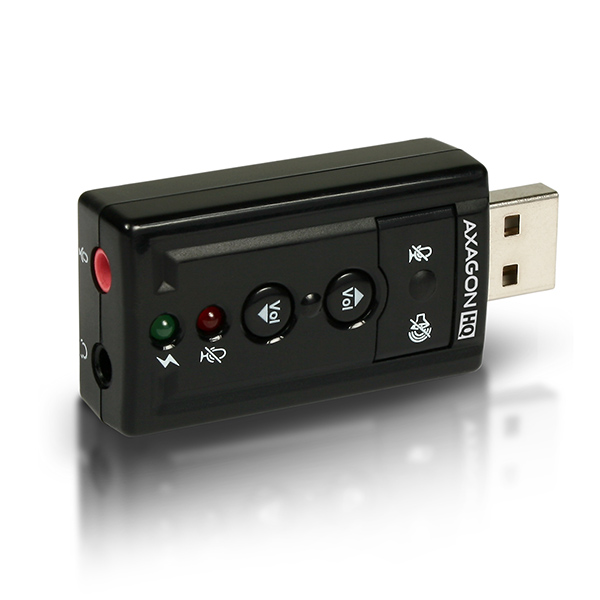
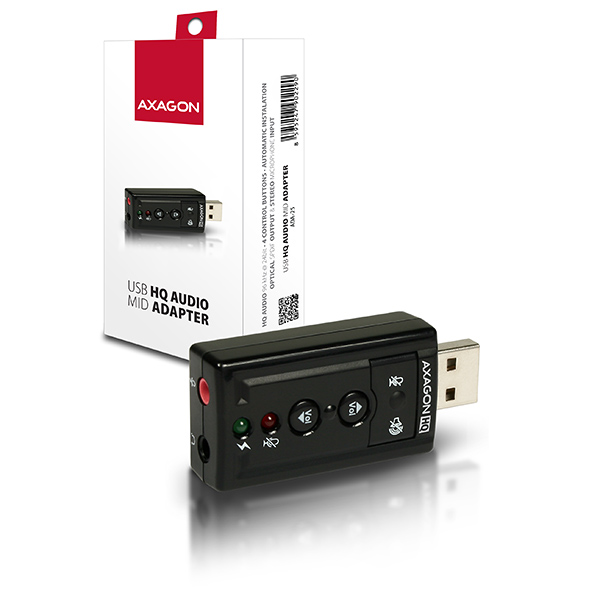
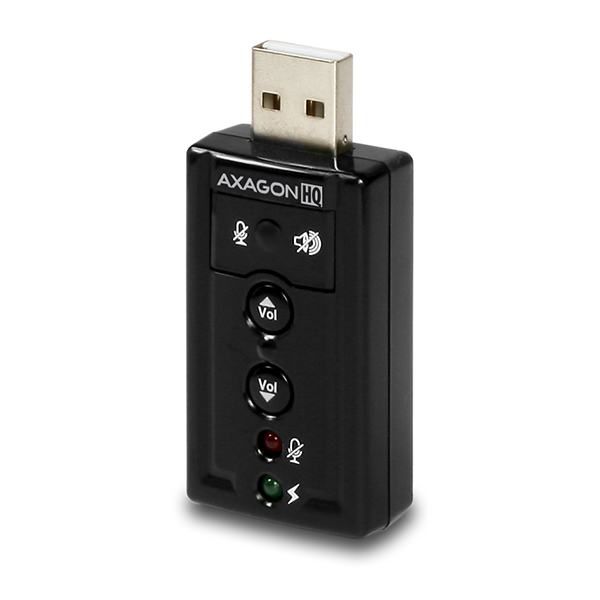
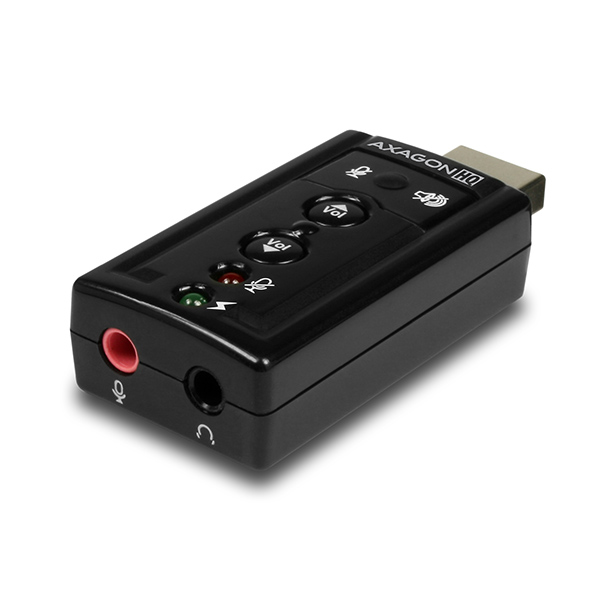
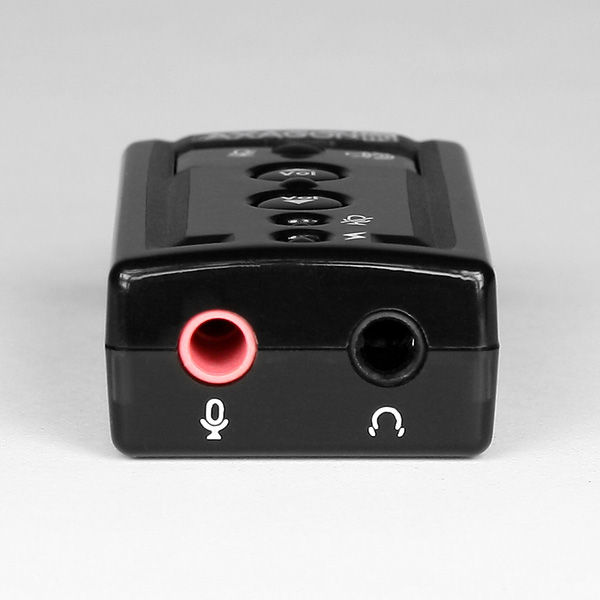
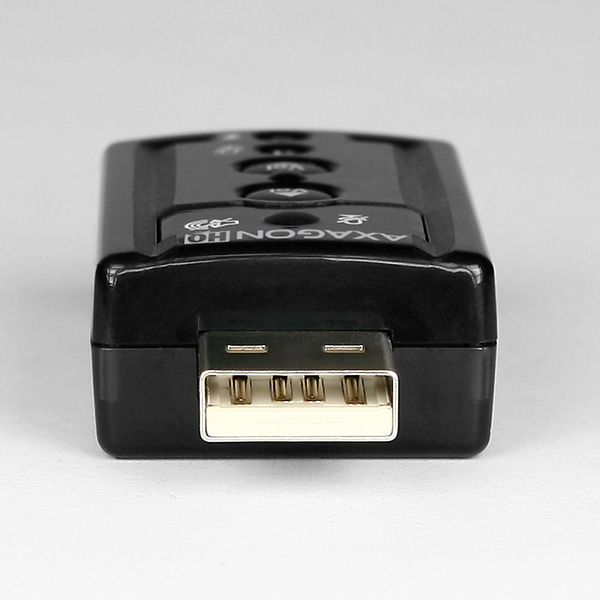
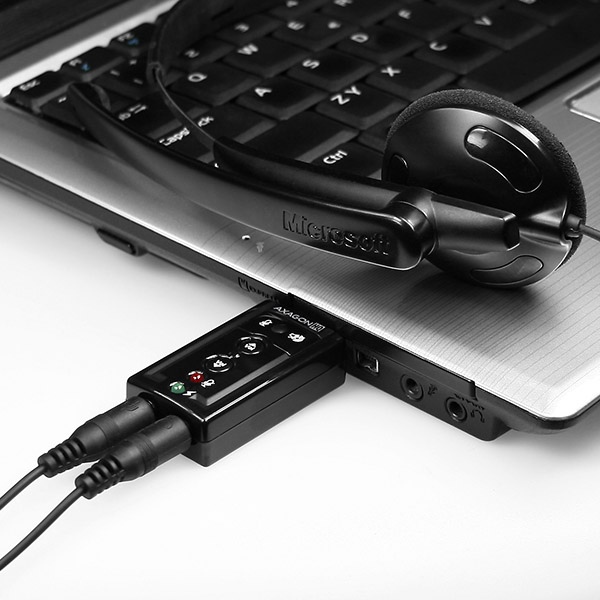
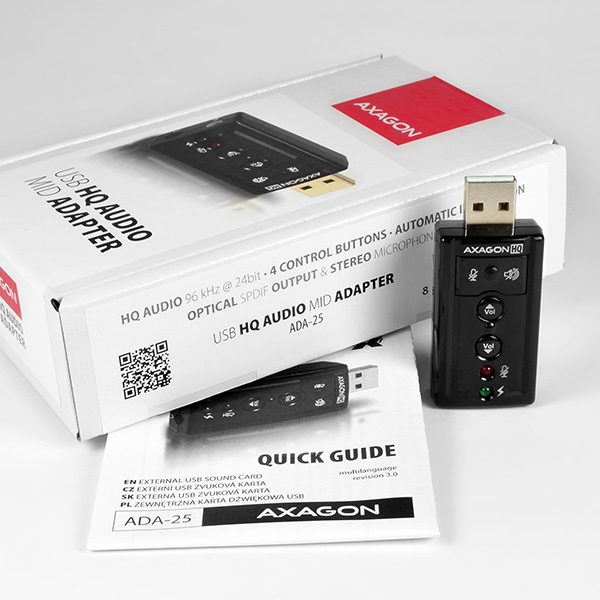
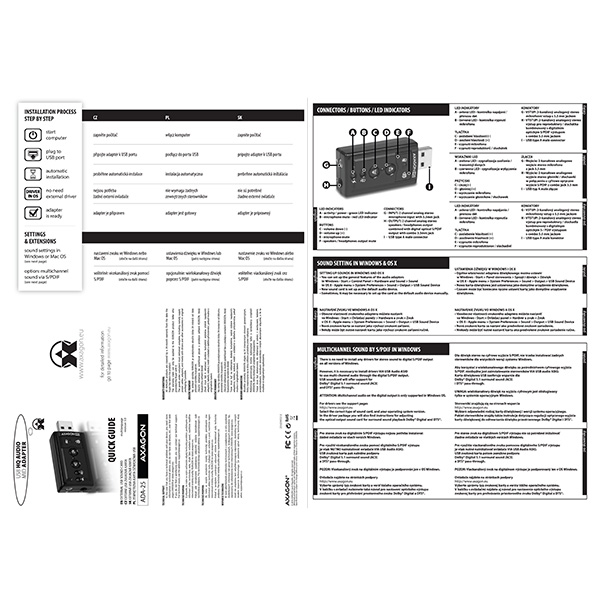
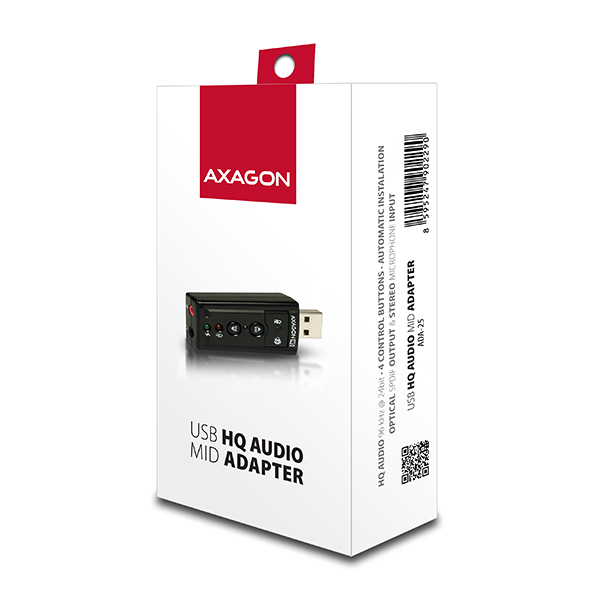
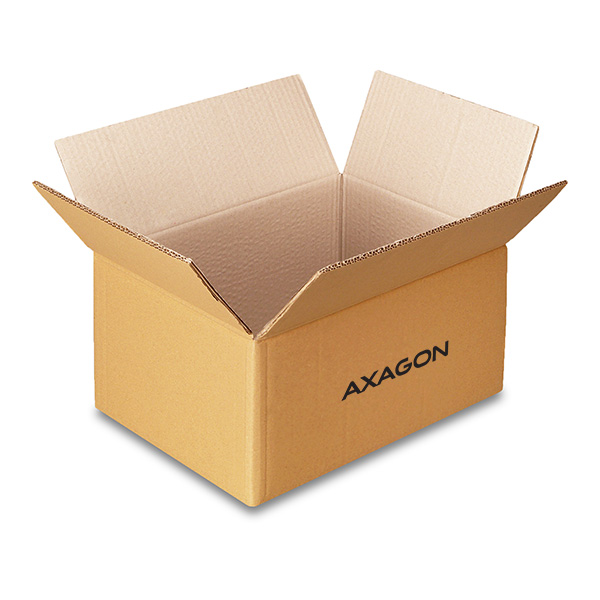
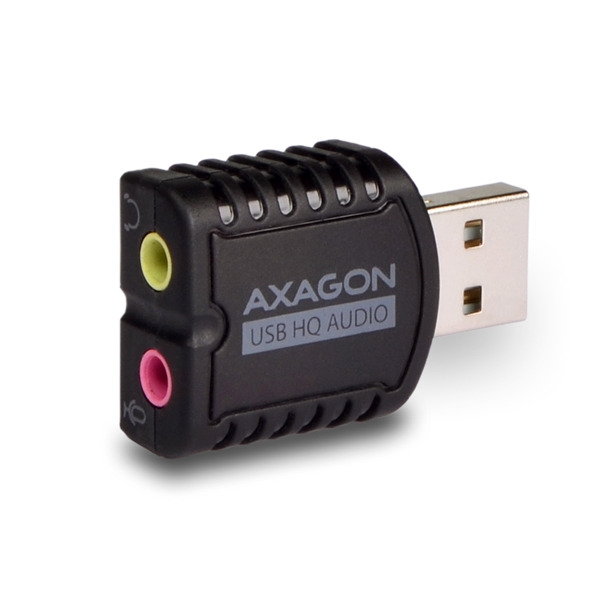 ADA-17
ADA-17
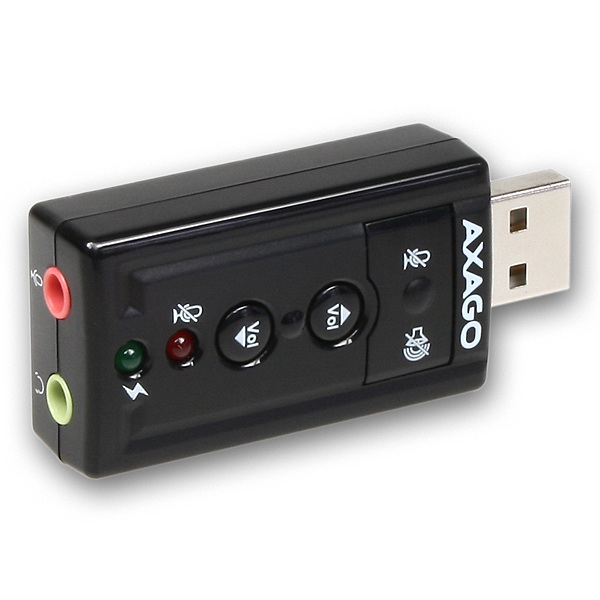 ADA-20
ADA-20
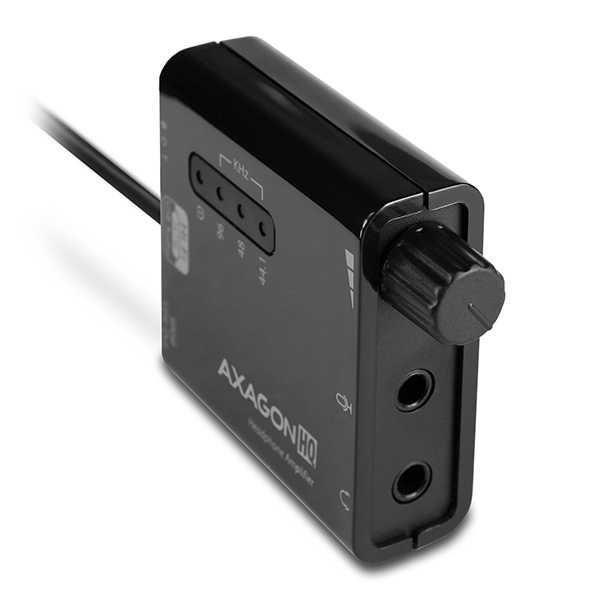 ADA-HP
ADA-HP

